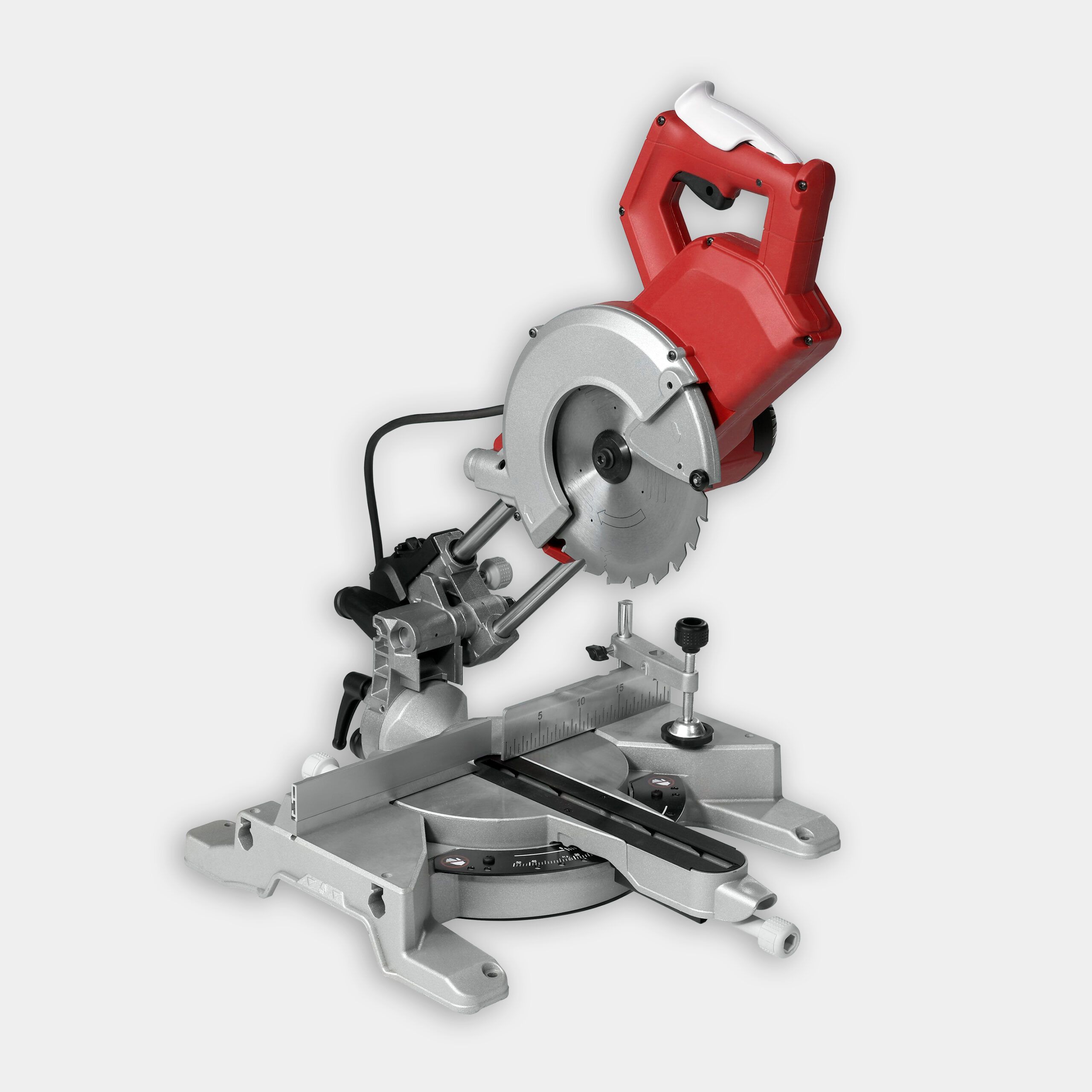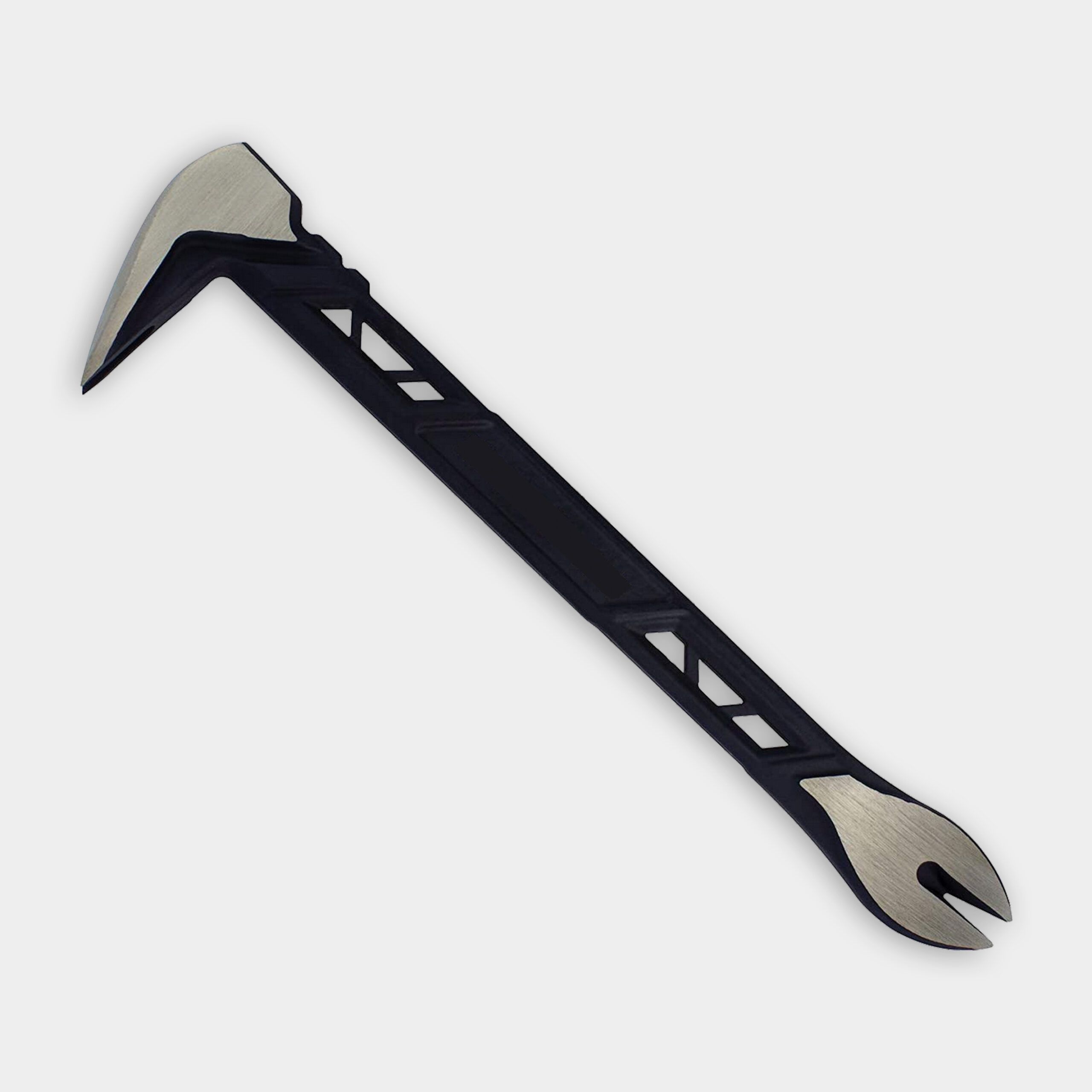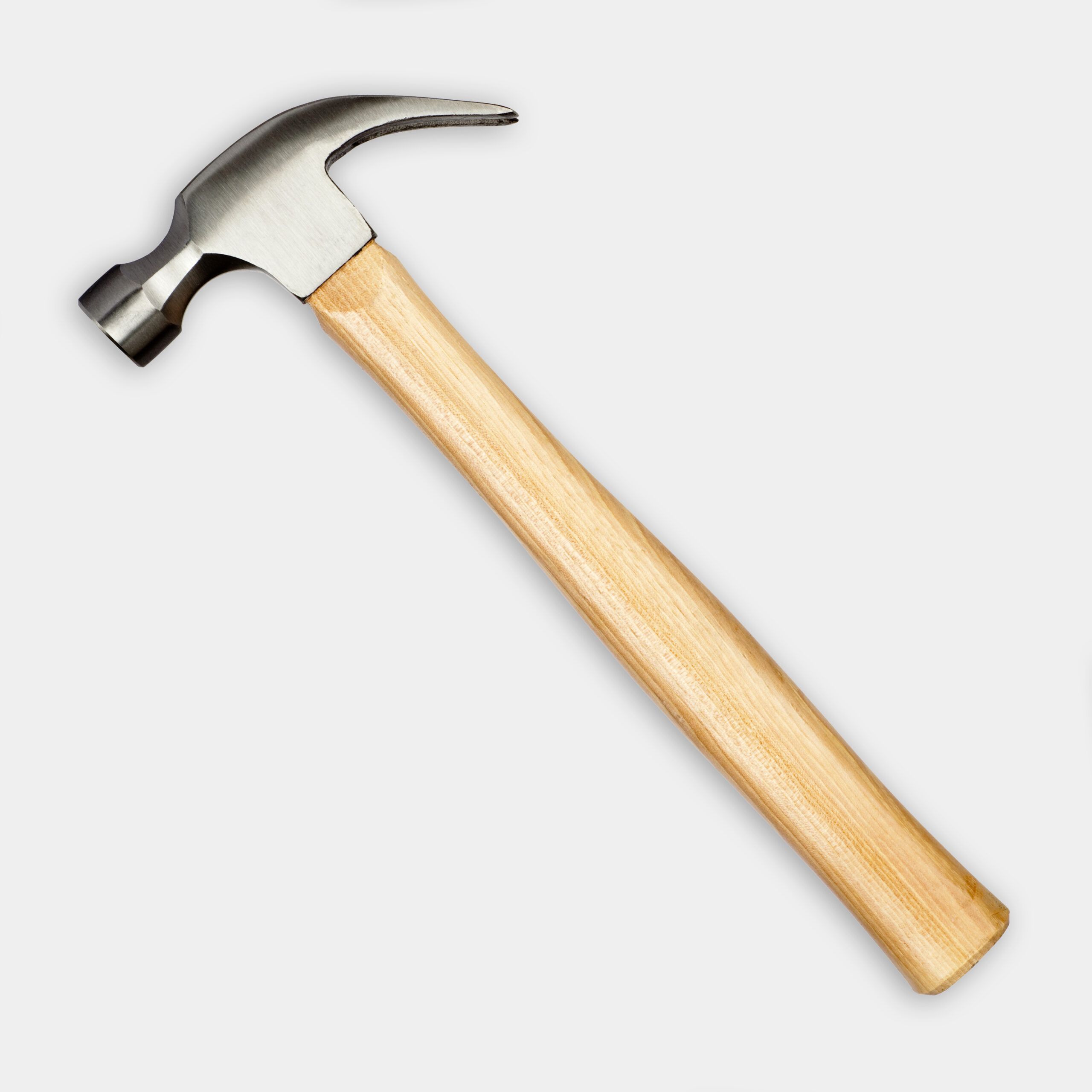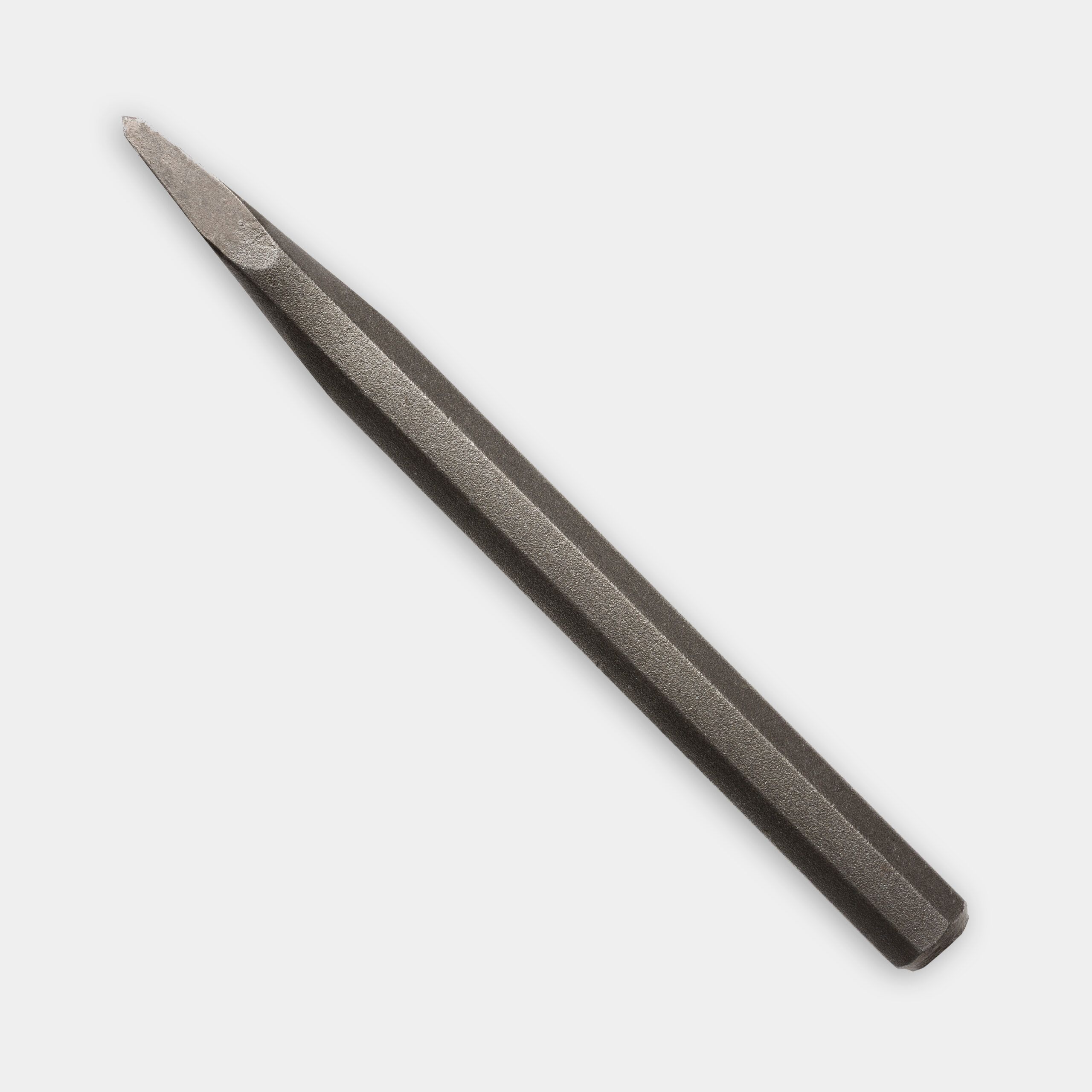We may be compensated if you purchase through links on our website. Our team is committed to delivering honest, objective, and independent reviews on home products and services.
Replacing a damaged floorboard on your front porch is the best way to keep you and your family safe while you enjoy this outdoor space. Homeowners can very easily repair damaged boards with the right tools, proper planning, and a little muscle. Read our guide below to learn how to replace a broken front porch board, and watch the video above for tips from This Old House’s Tom Silva.
Assessing the Damage and Preparing for Repair
Evaluate the extent of the damage to your floorboard and collect the tools and materials you’ll need for this project before you get to work.
Identifying the Problem
Inspect your porch to figure out which boards you need to replace. Look for the sings below.
- Boards that are loose or have pulled away from the joists
- Discoloration or warping that suggests water damage
- Soft or spongy areas, which indicate rot
- Visible cracks or splits in the wood
Gathering Tools and Materials
Once you’ve determined which boards are broken, warped, or soft, gather the following tools and items:
- 8D finish nails
- Claw bar or cat’s paw
- Construction adhesive
- Hammer
- Measuring tape
- Nail set
- Nail-pulling pliers
- Miter saw or circular saw
- Pencil
- Pry bar
- Replacement board
How To Remove Damaged Porch Boards
Removing damage boards is relatively simple, but you have to approach the process very carefully. Otherwise, you could damage the surrounding floorboards.
Extracting Nails
Start by removing the nails that secure the damaged board. Follow the steps below.
- Use a cat’s paw or nail-pulling pliers to grip the nail heads.
- Gently pull the nails out. Work slowly and carefully to avoid damaging the adjacent boards.
- If nails are especially stubborn, use the claw end of a hammer to get leverage.
Prying Up the Board
Once you’ve removed the nails, proceed with the following steps:
- Insert a pry bar between the damaged board and the joist beneath.
- Lift the board, and work your way along its length.
- If the board is stuck, use gentle rocking motions to loosen it.
Preparing the Replacement Porch Board
Once you’ve removed the board, you can prepare the replacement piece.
Measuring and Cutting
Make sure you measure the replacement board accurately so that it fits. Follow the steps below.
- Measure the length of the space that the old board occupied.
- Transfer this measurement to your replacement board.
- Use a miter saw or circular saw to cut the board to the correct length.
Creating a Support Shelf
You may need to create a support shelf for the new board in some cases. Follow the steps below.
- Cut a piece of scrap decking to act as a support.
- Apply construction adhesive to the top of this support piece.
- Secure the support to the underside of the adjacent deck boards with screws.
Installing the New Front Porch Board
After you’ve prepared the space and created a support shelf, you can install the new board. Follow the steps below.
Pre-treating and Fitting the Board
Pre-treating your board with a wood preservative protects it against moisture and pests. Follow the steps below to slip the board into its spot:
- Coat all sides of the board with a wood preservative.
- Slide one end of the board under any existing structures, such as a threshold or railing.
- Lower the other end onto the support shelf or ledger board.
- Adjust the board and make sure it fits tightly against adjacent boards.
Securing the Board
Follow the steps below once the board is in position:
- Apply construction adhesive to the joists or support shelf.
- Nail the board down with 8D finish nails.
- Space the nails evenly along the board. This will probably be every 16 inches.
Finishing Touches
Complete the installation with the final touches below.
- Use a nail set to drive the nail heads slightly below the wood surface.
- Fill any nail holes with wood filler.
- Sand the board so that it matches the surrounding surface.
Testing the New Porch Board’s Stability
Test your installation before you complete your job. Step on different sections of the new board and make sure it doesn’t shift or bounce. If you notice any movement, figure out where the board is loose and reinforce the area with additional nails or adhesive.
Maintaining Your Porch
Maintain your porch by following the tips below. This will extend the life of your work:
- Address any issues immediately to prevent more damage.
- Apply a water-resistant sealant every few years to protect the wood.
- Clean the porch surface annually to prevent dirt and debris buildup.
- Regularly inspect your porch for signs of wear or damage.
Selecting the Right Replacement Board for Your Porch
Consider durability and appearance when you’re deciding which type of wood to use as your replacement board. Make sure the wood you choose is a close match to your existing boards and can stand the test of time. Below is a breakdown of the woods we recommend.
- Cedar: Cedar is known for its rich color and natural resistance to rot and pests. It is a bit softer than fir, which means it’s easier to scratch and dent.
- Fir: Fir is a traditional choice for porch decking in older homes. It’s durable and has a fine grain that you can see with a clear finish or stain.
- Pressure-treated wood: This wood is infused with chemicals that protect it against rot, insects, and fungal decay. It’s typically more affordable than other types, and widely available.
Finishing the Porch Board
Use the color of your existing boards to finish your new board. This will lead to a cohesive look. You can apply a clear coat, stain, or paint depending on the existing finish.
- Stain or paint: Once you’ve installed the board, apply a stain or paint. Follow the manufacturer’s instructions for the best results.
- Seal: Apply a sealant or topcoat to protect the finish from foot traffic and the weather.
Common Mistakes to Avoid When Replacing a Board
There are a few mistakes many homeowners make when they replace front porch boards. Read about potential errors below and how to avoid them.
- Forgetting to allow for expansion: Wood expands and contracts when the temperature and humidity change. Leave a slight gap between the boards to stop the wood from buckling.
- Rushing the job: If you rush the job, you may install the board improperly. Take your time to get it right.
- Skipping the prep work: You can end up with uneven or unstable boards if you skip steps, such as measuring accurately or securing support.
- Using the wrong nails: Use the recommended 8D finish nails for this project. The board may split if you use the wrong size fasteners.




